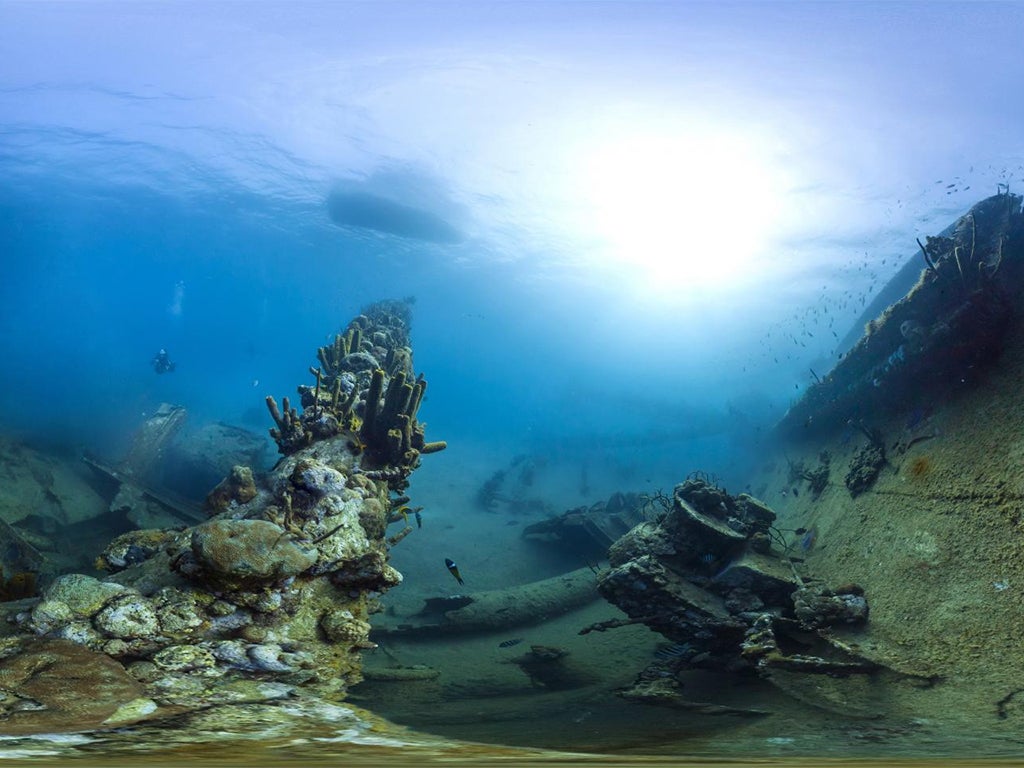Explore under the sea with Google 'reef' view
Just look at the world around you, right here on the ocean floor

Your support helps us to tell the story
From reproductive rights to climate change to Big Tech, The Independent is on the ground when the story is developing. Whether it's investigating the financials of Elon Musk's pro-Trump PAC or producing our latest documentary, 'The A Word', which shines a light on the American women fighting for reproductive rights, we know how important it is to parse out the facts from the messaging.
At such a critical moment in US history, we need reporters on the ground. Your donation allows us to keep sending journalists to speak to both sides of the story.
The Independent is trusted by Americans across the entire political spectrum. And unlike many other quality news outlets, we choose not to lock Americans out of our reporting and analysis with paywalls. We believe quality journalism should be available to everyone, paid for by those who can afford it.
Your support makes all the difference.Scuba diving can finally be experienced online, as photographs from some of the most beautiful coral reefs in the world will soon be accessible in 360-degree high definition photographs, on Google maps.
The Catlin Seaview Survey, which began in 2012, has taken over 400,000 panoramic photographs of coral reefs from across the world. They began by capturing 150 kilometres of the Great Barrier Reef, and have since expanded to locations including Bermuda, The Philippines and the underwater mountains of the Galapagos Islands. Recently the Survey photographed in a protected area of the Florida Keys.
The organization researches and documents the destruction of the world’s coral reefs. They began photographing to document a base-line record of the reefs in the Great Barrier Reef by which they could monitor damage. Financed by the Catlin insurance company and sponsored by Google amongst other organizations, their purpose is to interest the public in coral reefs and their conservation, and to educate US scientists to use the camera to spot coral degradations.
Catlin claims that pollution, climate change and fishing have destroyed over 40 per cent of the coral reef in the last thirty years, and that the scientific community predicts that the decline will continue, and will affect over 500 million people who depend on it for food, tourism, and coastal protection.
Divers used small motor powered vehicles to travel the ocean floor with cameras tethered to their persons. The cameras are the same models that Google used for Street View.
In the recent Florida Keys National Marine Sanctuary photographs, we can see shipwrecks, thousands of species of fish and an almost eight foot tall bronze statue of Christ names ‘Christ of the Abyss’ which was dropped into the reef in 1965. The statue, covered in coral with its arms raised to the surface, is one of the most popular attractions in the world for scuba divers and will now be available to those who can’t afford to travel to the exotic underwater locations, with no more than a smartphone and a bath tub.
Join our commenting forum
Join thought-provoking conversations, follow other Independent readers and see their replies
Comments